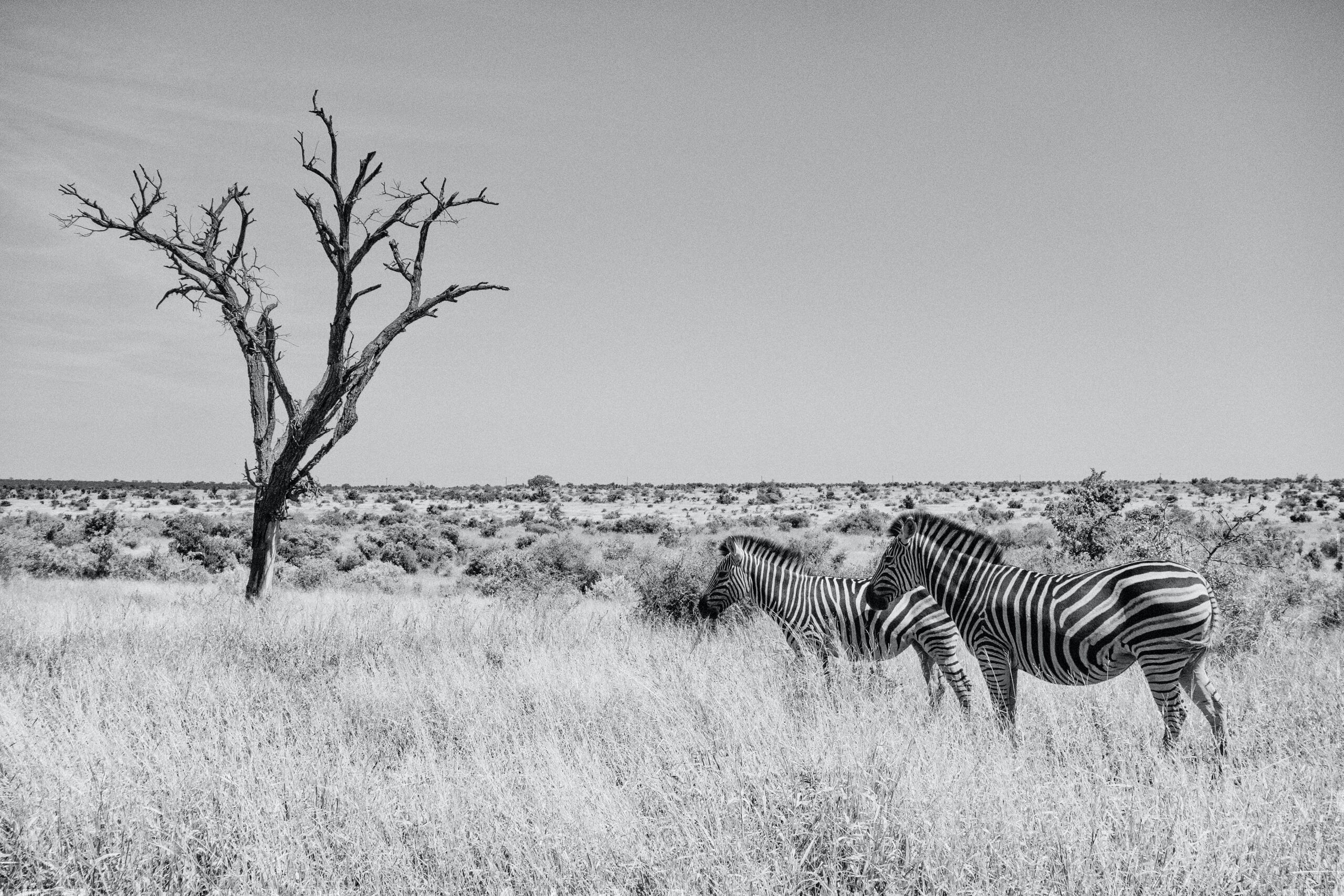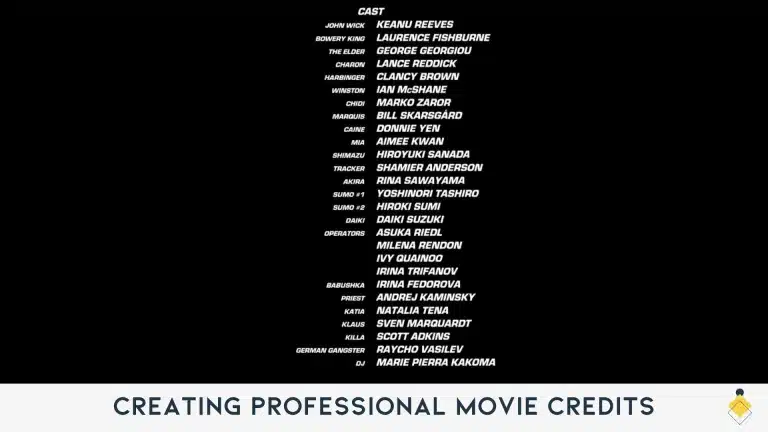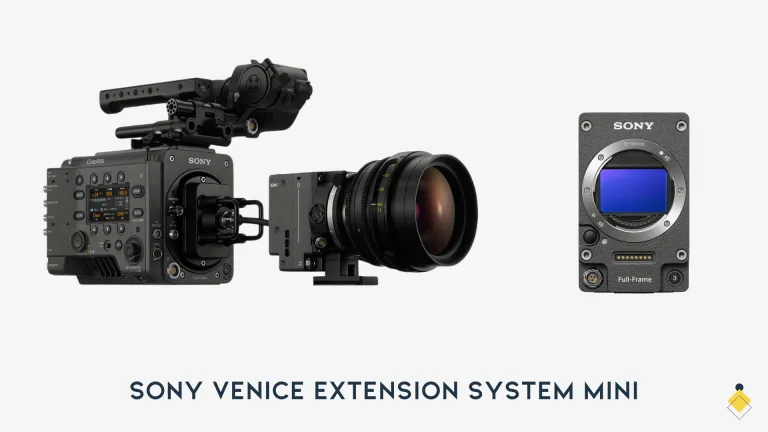Black and white film photography is a classic and revered art form that continues captivating photographers and enthusiasts worldwide. While digital photography offers convenience and instant results, the allure of black & white film lies in its ability to create evocative and timeless images.

In this article, we will explore the magic of black and white film photography, from its historical significance to practical tips for capturing stunning monochrome images.
Let’s dive right into it!
The Beauty of Black and White Film Photography
Black and white film photography uniquely conveys emotion, texture, and mood in a way that color photography often cannot.
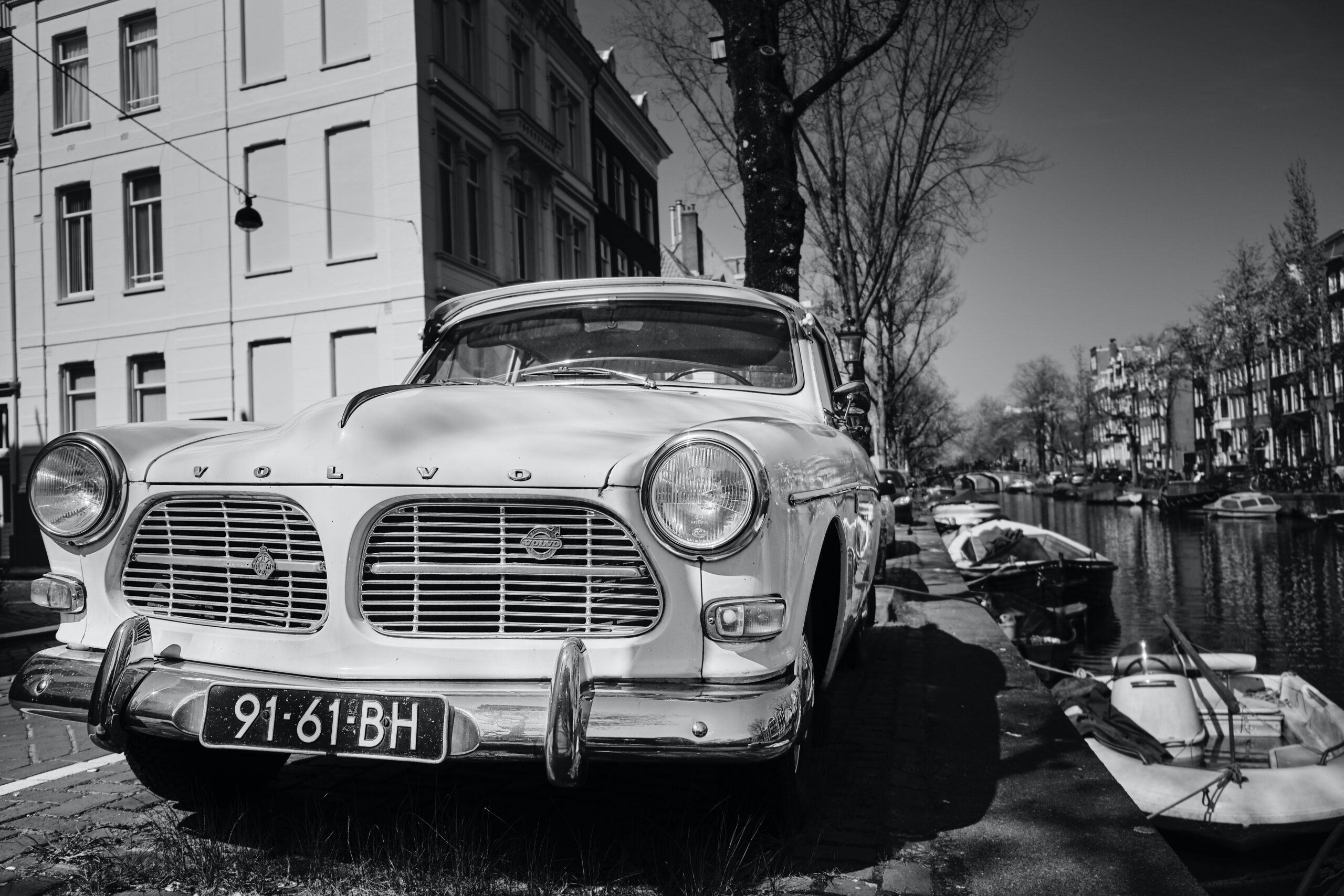
Here’s why it continues to be treasured by photographers:
- Timeless Appeal: Black and white images possess a timeless quality, evoking nostalgia and a sense of history. They transcend the constraints of time and enable viewers to focus on the subject matter and composition.
- Emphasis on Tone and Contrast: Without the distraction of color, black and white photography highlights the interplay between light and shadow. It allows photographers to create striking images with dramatic tonal range and contrast.
- Artistic Expression: The monochromatic palette encourages photographers to focus on shapes, lines, and textures, fostering a deeper exploration of composition and artistic expression.
Getting Started with Black and White Film Photography
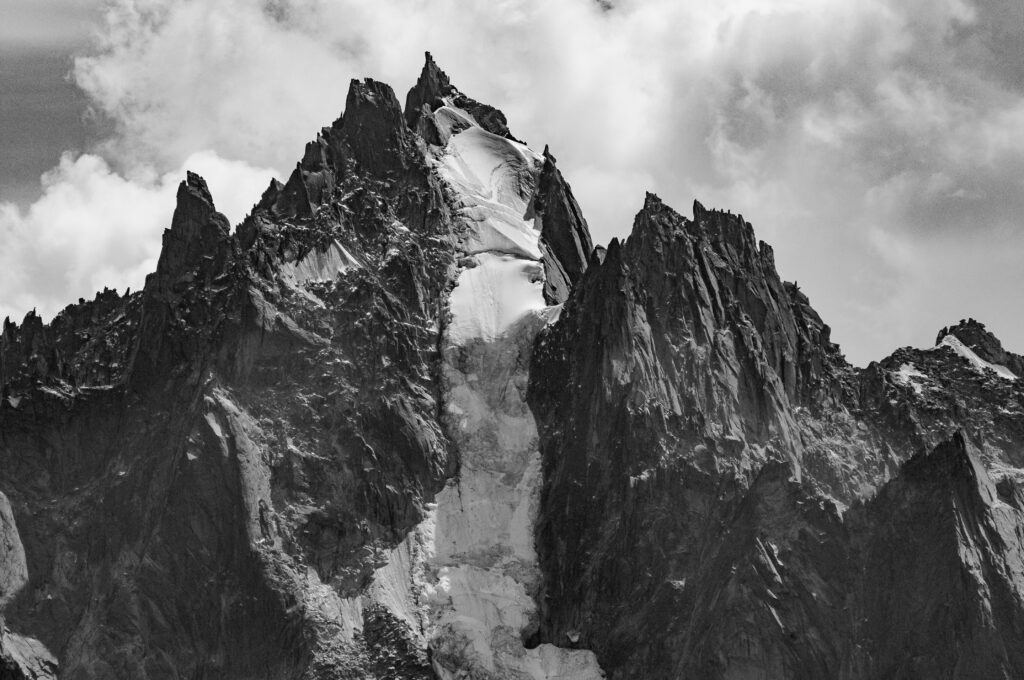
If you’re new to black and white film photography, follow these steps to embark on your creative journey:
- Choose the Right Film: There are various black and white film options available, each with its own unique characteristics. Experiment with different films to find the one that suits your artistic vision.

- Master Light and Shadow: Understanding light and shadow is crucial in black and white photography. Learn to visualize scenes in terms of contrast and tonal range, and how different lighting conditions can affect the mood of your images.

- Develop a Unique Style: Develop your own signature style by exploring different subjects, compositions, and techniques. Experiment with long exposures, high contrast scenes, and capturing subtle details to develop a distinctive visual language.
Essential Techniques for Black and White Film Photography
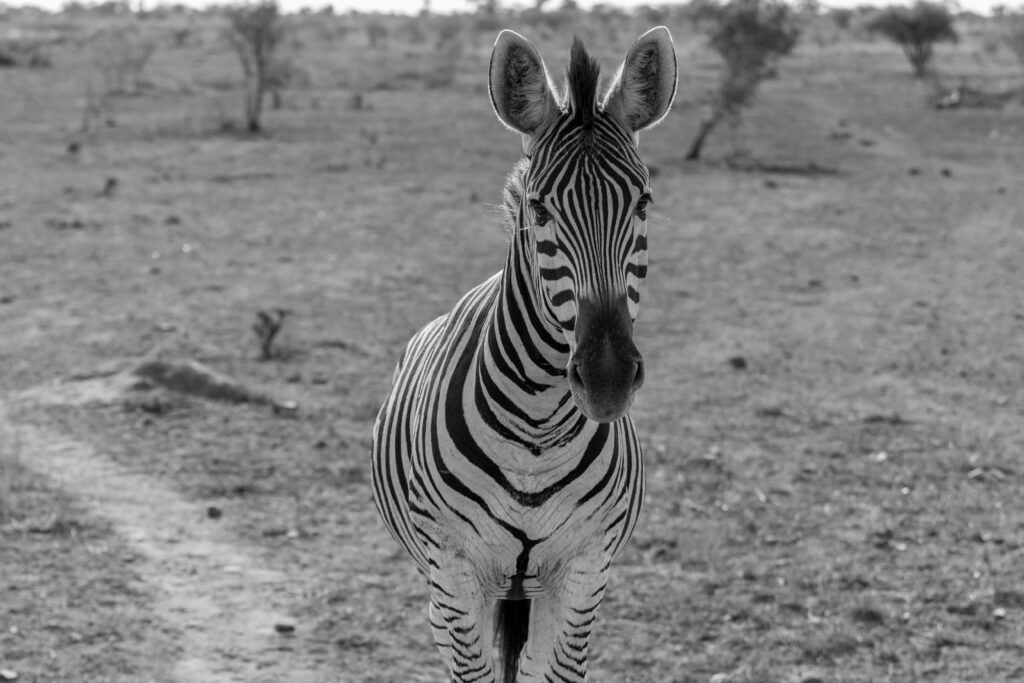
To enhance your black and white film photography skills, consider the following techniques:
- Composition: Pay close attention to the placement of elements within the frame. Utilize the rule of thirds, leading lines, and symmetry to create visually pleasing compositions.
- Previsualization: Train your eye to see in black and white before capturing the image. Look for strong contrasts, interesting textures, and patterns that will translate well into monochrome.
- Film Development: Developing your own film can be a rewarding process that allows for greater control over the final result. Experiment with different development techniques to achieve desired tonal range and contrast.
Preserving and Showcasing Your Black and White Film Photography
After capturing your black and white film images, it’s important to preserve and showcase your work effectively:
- Archival Storage: Ensure your negatives and prints are stored in acid-free sleeves and albums to prevent degradation over time. Consider digitizing your images for long-term preservation.

- Printing: Experiment with different printing techniques to bring your black and white images to life. Explore options like darkroom printing, inkjet printing, or even alternative processes such as cyanotype or platinum printing.
- Exhibitions and Online Platforms: Share your work with the world by participating in exhibitions or showcasing your portfolio on online platforms. Engage with the photography community, seek feedback, and connect with fellow enthusiasts.
Difference between Shooting Black & White and Monochrome
Black and white photography and monochrome photography are both captivating forms of visual expression, known for their timeless and artistic appeal.
While they share similarities in their use of a limited color palette, they possess distinct characteristics that set them apart. Here are the key differences between the two:
Black & White Photography:

- Utilizes only shades of black, white, and various grays, which adds depth and contrast to the images.
- Often considered classic and nostalgic, black and white photography has a rich history, dating back to the early days of photography.
- Emphasizes texture, shapes, and patterns as colors are absent, drawing attention to the composition and subject matter.
- Involves capturing scenes in natural lighting conditions and requires careful consideration of shadows and highlights to achieve compelling results.
- Offers a dramatic and moody atmosphere, making it ideal for storytelling and portraying raw emotions.
- Continues to be a popular choice in artistic, documentary, and portrait photography due to its ability to evoke strong emotions and create impactful imagery.
Monochrome Photography:

- Encompasses a broader spectrum of colors, typically focusing on a single hue or a limited color range, rather than the black, white, and gray tones of traditional black & white photography.
- Allows for a more creative and expressive approach, as photographers can choose a specific color to dominate the image or create subtle tonal variations.
- Offers a contemporary and artistic flair, as the use of a single color or a limited palette can create a sense of unity and harmony throughout the composition.
- Provides a unique opportunity to experiment with color psychology, as different colors can evoke specific moods and emotions in the viewer.
- Often used in abstract, fine art, and experimental photography, where the emphasis is on the visual impact and aesthetics rather than a realistic representation of the subject.
Conclusion
Black and white film photography is an art form that continues to captivate photographers and viewers alike. By understanding the unique characteristics and techniques of black and white film photography, you can create stunning and emotive images that stand the test of time.
With its timeless appeal, emphasis on tone and contrast, and ability to convey artistic expression, black and white film photography offers a rewarding and fulfilling creative experience.
Incorporate these actionable tips into your black and white film photography practice:
- Experiment with Film Types: Explore different black and white films to understand their unique characteristics and qualities. Some films offer fine grain and high contrast, while others provide a softer and more vintage aesthetic. Try films like Ilford HP5 Plus for versatile results or Kodak Tri-X for classic grain and tonal range.
- Use Filters for Dramatic Effects: Filters are powerful tools in black and white photography, allowing you to manipulate contrast and tonal range. Experiment with red, orange, yellow, or green filters to enhance specific elements in your composition. Red filters, for example, darken skies and emphasize clouds, while yellow filters can add warmth to portraits.
- Play with Exposure and Development: Black and white film allows for a wide latitude in exposure and development. Underexposing slightly and pushing the film during development can increase contrast and highlight shadow details.
Overexposing and pulling the film can yield a softer, low-contrast look. Experiment with different exposure and development techniques to achieve your desired aesthetic. - Pay Attention to Texture and Detail: Black and white photography thrives on textures and details that can be accentuated through careful composition and lighting. Look for interesting textures in everyday objects, architectural elements, or natural landscapes.
Capture close-ups of weathered surfaces, patterns, and intricate details to add depth and visual interest to your images. - Explore Long Exposures: Long exposures can create ethereal and surreal effects in black and white photography. Use neutral density (ND) filters to extend your exposure time and capture dreamy, blurred motion in waterfalls, clouds, or urban scenes. Experiment with different exposure lengths to achieve the desired level of motion blur and mood in your images.
Frequently Asked Questions
Black and white photography, often abbreviated as B&W photography, is a form of capturing images without the use of color. Instead, it relies solely on varying tones of black, white, and shades of gray to convey the subject and its details. In this style of photography, colors are absent, and the focus is on the interplay of light and shadow to create a striking and artistic visual impact.
Black and white photography was not invented by a single individual but rather evolved over time through the work of several inventors and pioneers in the field of photography. One of the early pioneers was Louis Daguerre, who is credited with developing the daguerreotype process in the 1830s. While the daguerreotype process produced monochromatic images, it was not exactly the same as black and white photography as we know it today.
Yes, black and white photos can be changed to color through a process called colorization. Colorization is a technique where colors are added to a black and white image to give it a new, vibrant appearance. This process is usually done using photo editing software, such as Adobe Photoshop or other specialized colorization tools.
In recent years, advancements in artificial intelligence have led to the development of AI-powered colorization tools that can automatically add colors to black and white photos with impressive accuracy. These tools use algorithms to analyze the image and make educated guesses about the colors that should be applied based on various factors, including context and patterns.

